Whether it happens in the blink of an eye or it drags on for a prolonged period, history is full of incidents and moments that have triggered a change in how the world works. From ancient wars to the most revolutionary inventions, there have been several turning points in human history, and the COVID-19 pandemic of 2020 was another such watershed period.
The virus started affecting people across countries. Global lockdowns were initiated to try and arrest the spread which forced everyone to stay at home. The global economy screeched to a halt.
The COVID-19 pandemic brought about transformative changes in consumer behaviour and expectations, forcing even the biggest brands to scrap their existing strategies and scramble to meet their demands. With the restriction of physical movement and shift towards online shopping, consumers have adopted a more value-based approach and are on the lookout for better, personalised customer journeys that are relevant to them.
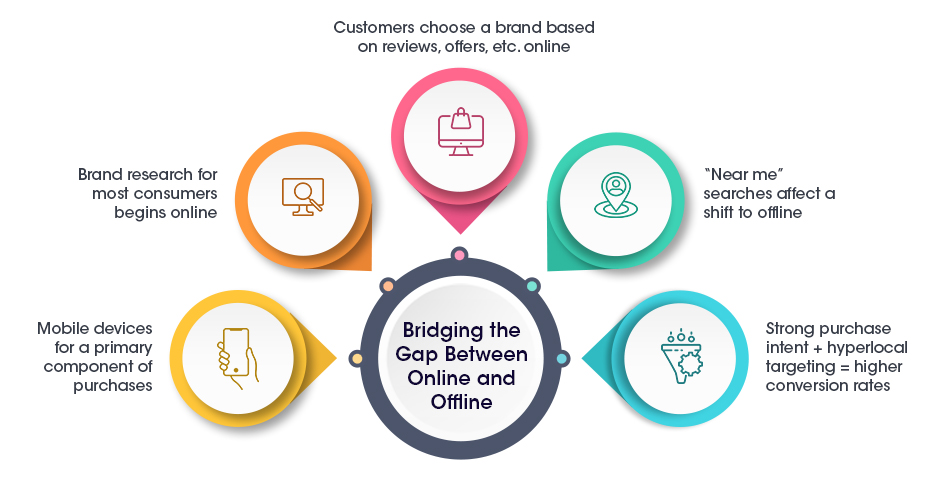
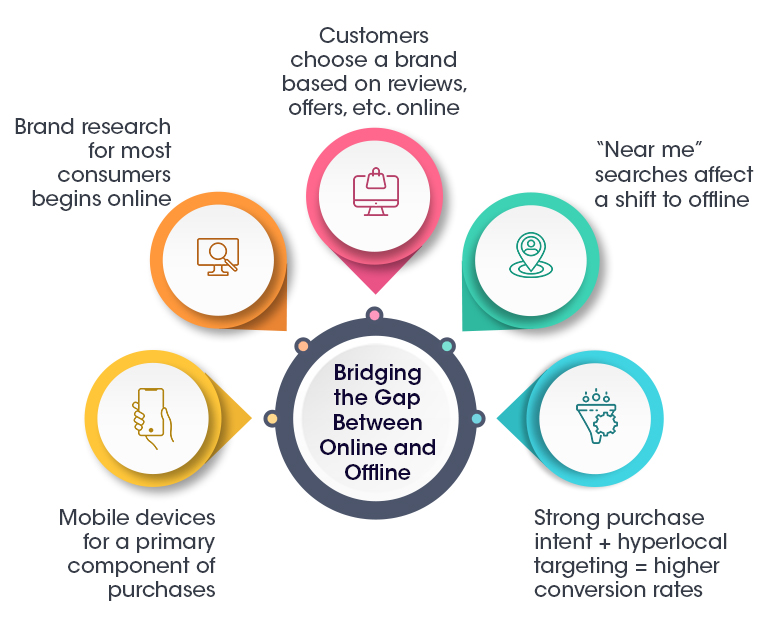
Personalised communication, consistent online and offline customer journeys, relevant targeting, meeting customers where they are, providing them with the solution they are looking for, and much more can be fulfilled with hyperlocal marketing.
The Digital Transformation of the Market
Digital transformation is a concept that was already in the offing for a number of brands but with the COVID-19 pandemic abruptly changing how we live and shop, what would have taken 4-5 years had to be accomplished within a few quarters.
With the shift in market dynamics and consumer behaviour brought forth by the pandemic, where customers switched from their favourite brands and establishments to online searches and nearby locations, hyperlocal marketing became one of the fastest-growing trends in how brands reached out to their customers in the new normal.
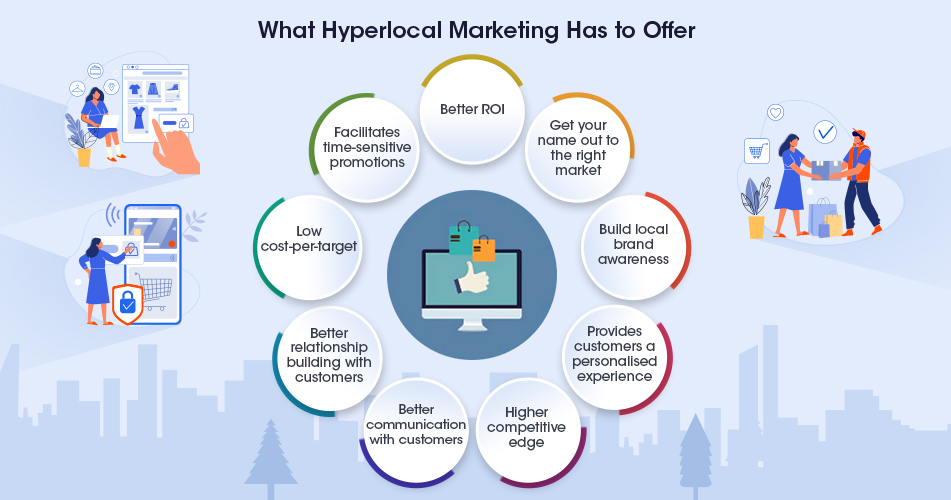
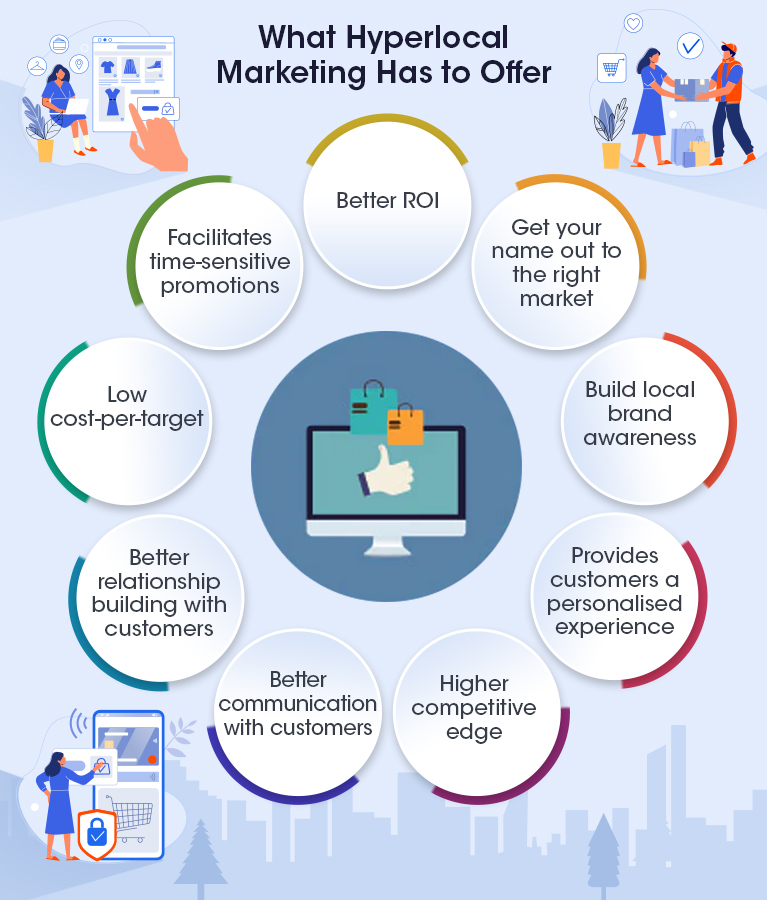
Today, customers can no longer be expected to walk the extra mile as more and more people are on the lookout for convenience and custom experiences, which makes it crucial for brands to reposition their presence where their audience is. Brands must be the ones following the customer.
The Disruption of the Retail industry
One of the first sectors to be affected, the retail landscape was transformed completely as people started preferring local neighbourhood stores over big brand stores. As e-commerce saw a surge and digital transformation picked pace, people started looking towards small nearby businesses for their daily needs, and to maintain an edge, it became imperative for brands to target hyperlocal consumers. Businesses that managed to leverage their online presence and implement relevant hyperlocal strategies were the ones that not only stayed afloat during the lockdown but managed to come out stronger.
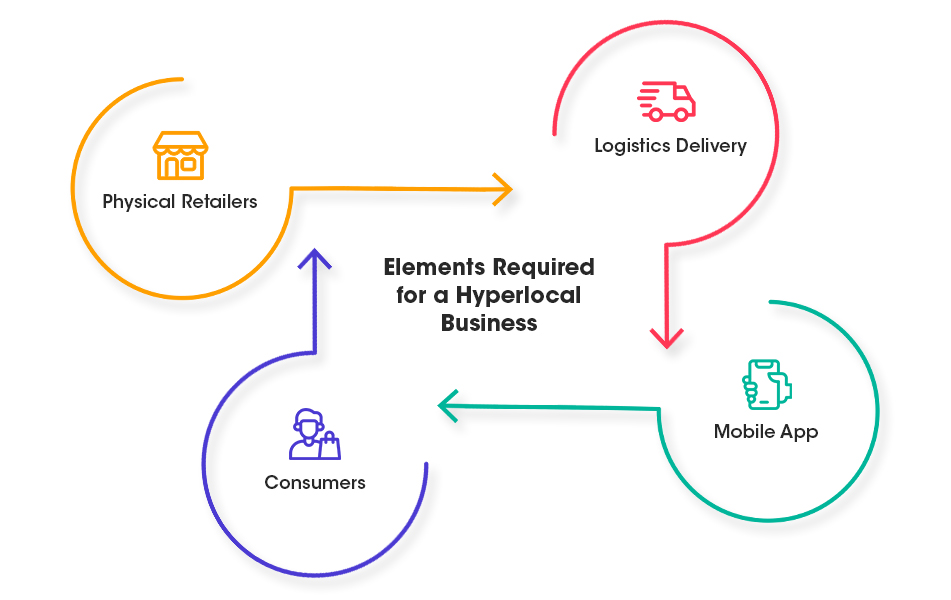
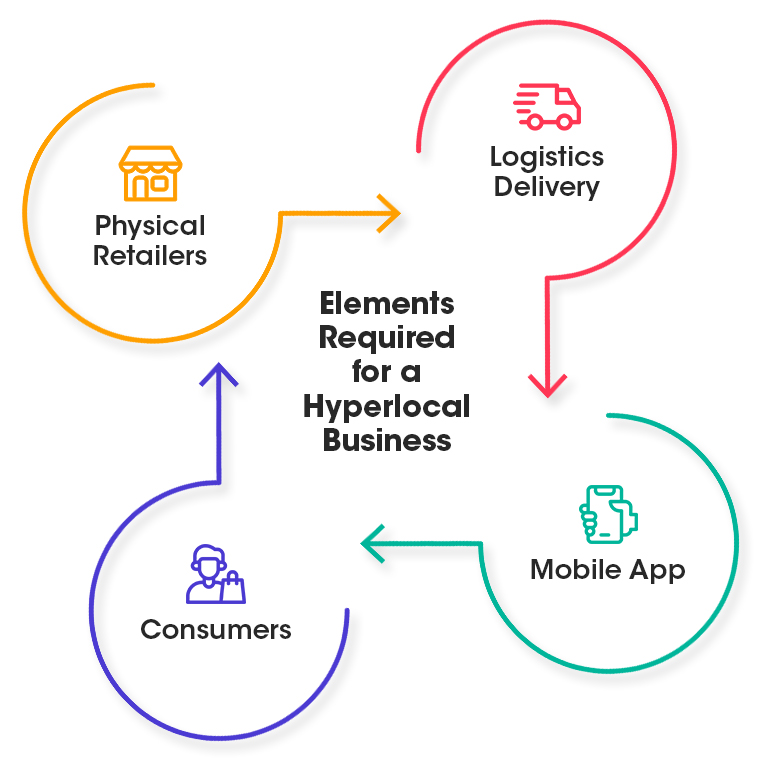
We’ve collectively learned one thing during these last couple of years – It is not necessary that what used to work will keep on working. It is true that the conventional ways of marketing are not yet dead but to survive in the new normal, a more holistic approach must be adopted. Even as establishments begin reopening, consumers continue to follow the ‘research online to purchase on-site’ method, which can only be facilitated by the ready availability of relevant hyperlocal information. A proper, optimised, and personalised hyperlocal marketing strategy is crucial for businesses to help them recapture a strong audience base in the post-COVID scenario.
Karan’s expertise lies in his ability to imagine and appreciate how all digital channels can work together. He quickly understands the client’s business challenges and how integrated digital solutions can be tailored to achieve their set goals. In recent years, Karan has powerfully built the hyperlocal marketing division which caters to Auto and BFSI sector clients.
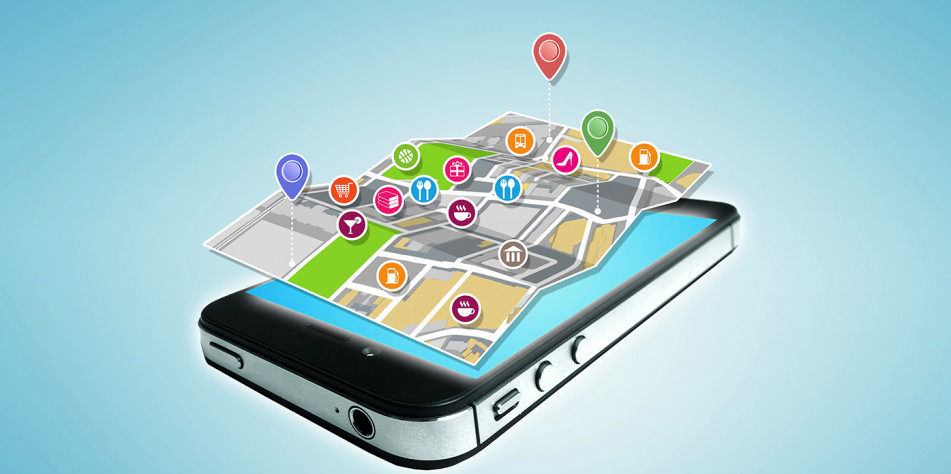





Leave a Comment